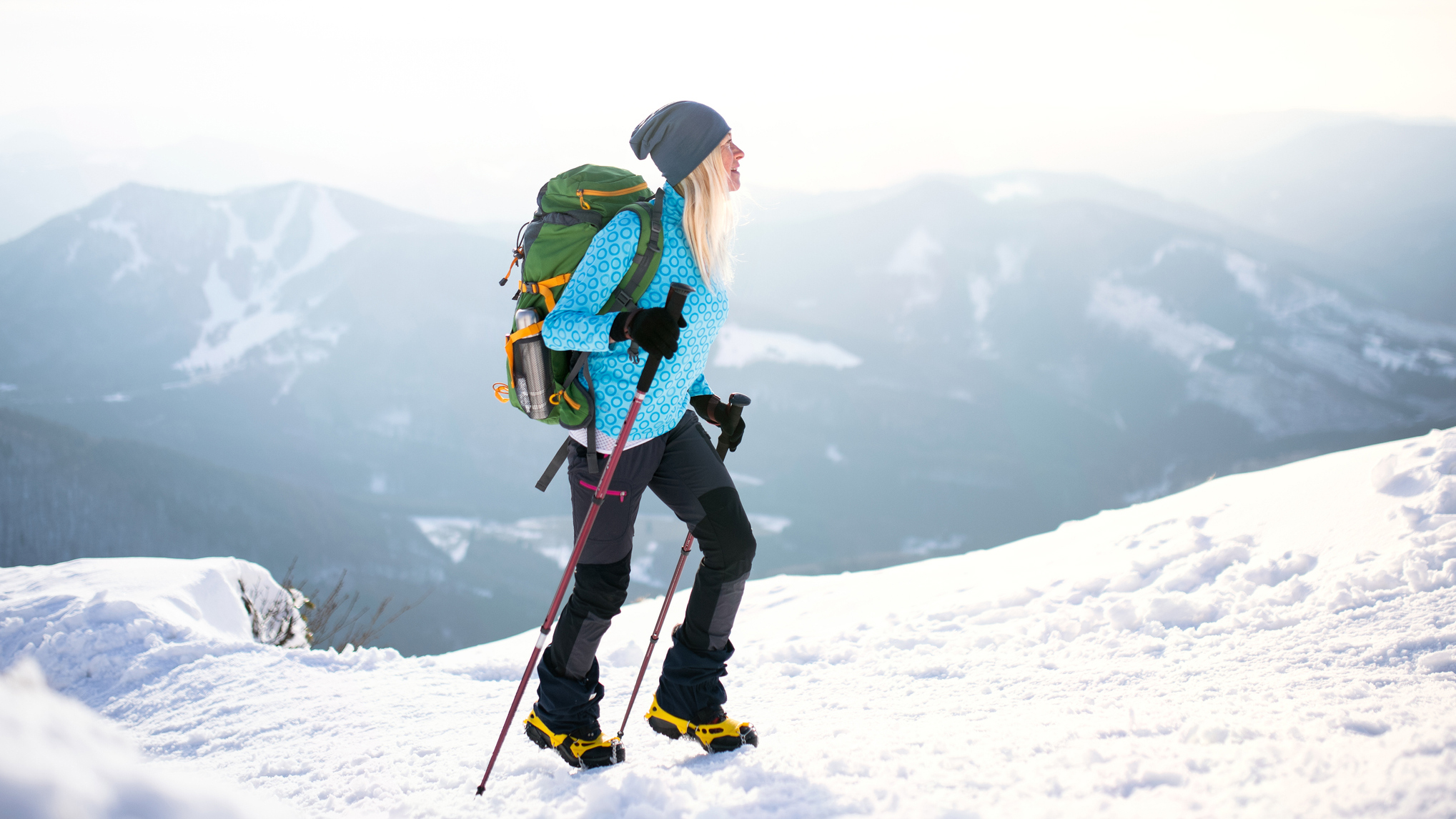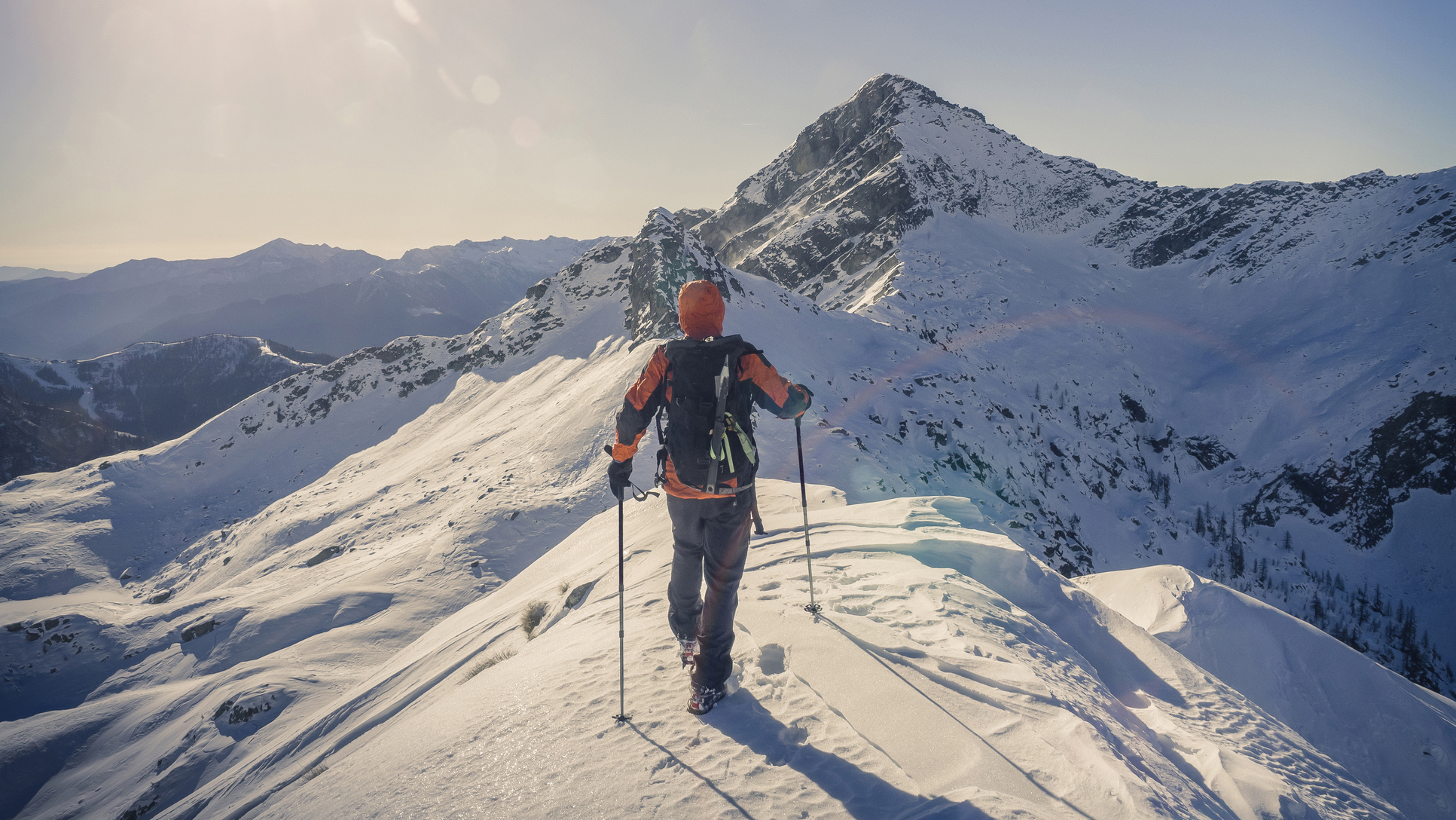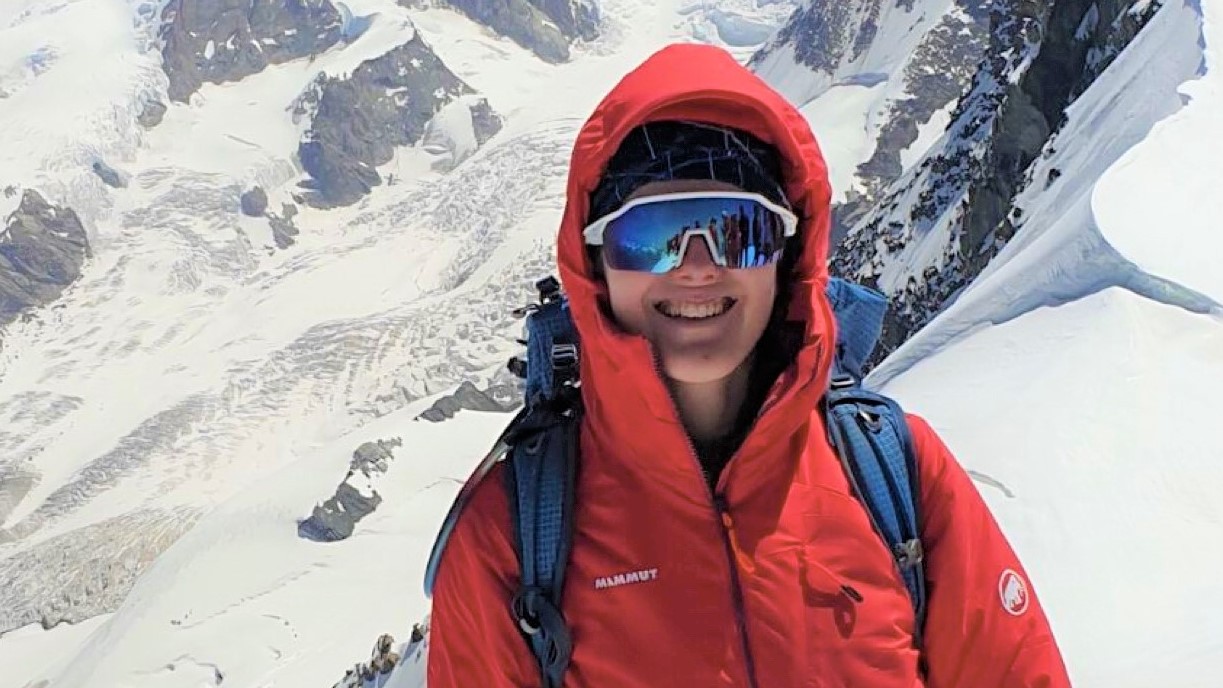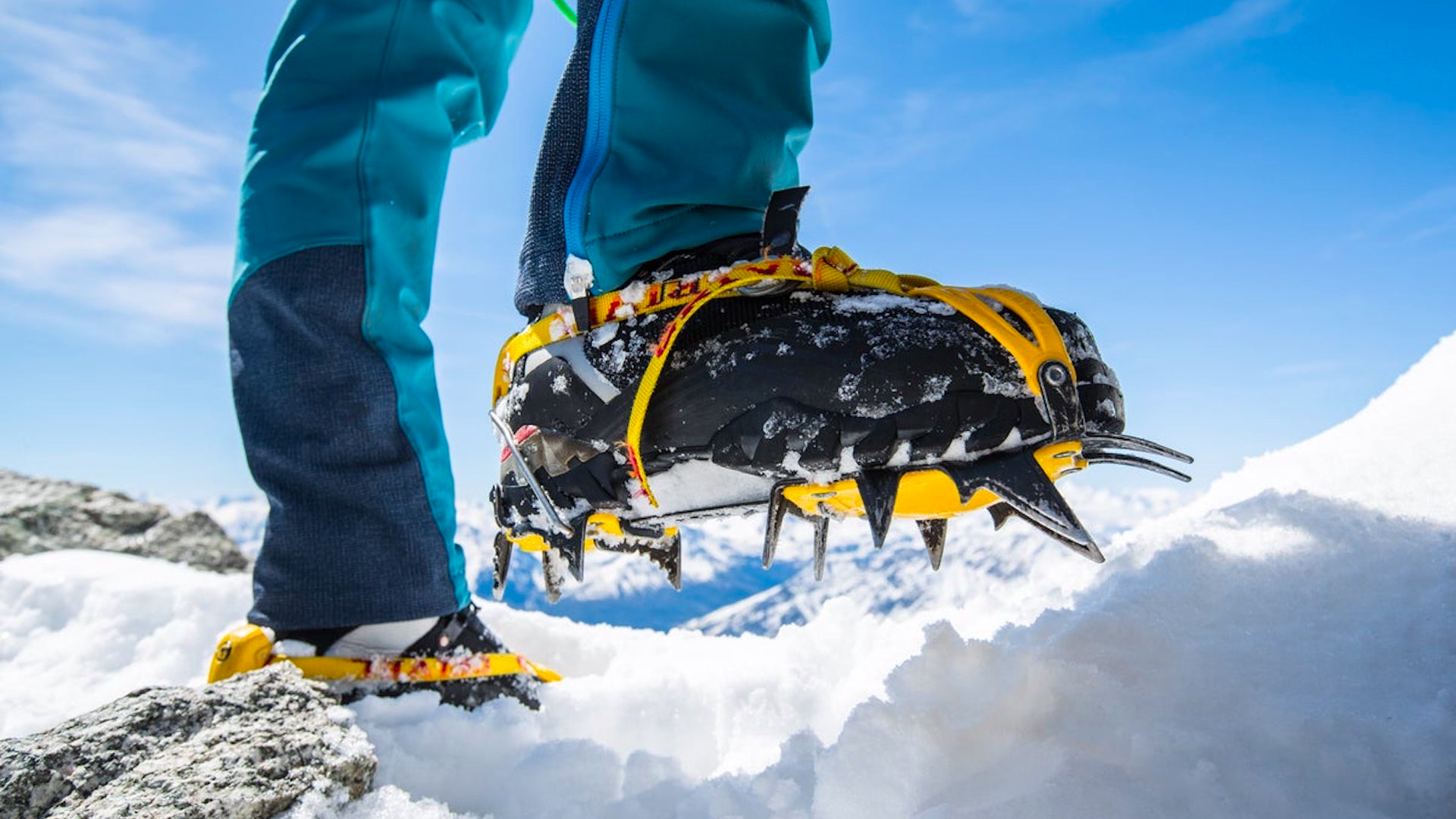
Winter isn’t just cold and dark; it’s long, and if you’re going to get through to the other side, you’ll want to get outside. Seasonal Affective Disorder affects millions of Americans and exercising in nature is recommended to combat it, but winter hiking is a different kettle of fish to just pulling on your sneakers and hitting the trail in summer.
If you’re ready to embrace cold weather hiking, there are a few things you’ll want to know before you go to stay safe and comfortable and have a great time. Read on for the nine common winter hiking mistakes you really want to avoid.
1. Overdressing
This one might surprise you, since you probably assumed that a more likely scenario would be underdressing and ending up like Jack Torrance at the end of The Shining. Though underdressing for a winter hike could be extremely dangerous, what’s more common is that you know exactly how cold it is, and you pull on all your heaviest winter clothing.
Sure, you’re toasty at the trailhead, but minutes after you start walking you’re sweating profusely and this isn’t just annoying. Being wet in cold weather can also leave you vulnerable to cold-related conditions like hypothermia, since the moment you stop for a break or turn around to head down, you get chilled.
Dressing for winter hiking is pretty similar to other times of year in that you want to dress in hiking layers with a sweat-wicking base layer closest to your skin covered by insulating, but breathable, layers. If you feel warm, remove a layer before you break a sweat and carry a dry base layer in your backpack to change into if you do get sweaty. Learn more in our article on dressing for winter hiking.

2. Not winterizing your feet
Obviously, for any hike you’ll want protection and grip for your feet, but in winter you’ll also want to think about keeping your feet dry, as you might be contending with wet trails or snow. How much protection you need depends on where you’ll be hiking of course, but for high altitude conditions with lots of snow, or very wet climates, lose the trail running shoes and check out our guide to winter hiking boots, and consider waterproof hiking boots for winter travels. Like the rest of your body, if your feet stay dry, they’ll stay warm.
3. Forgetting about sun protection
Yes, you can get sunburned in winter. In fact, if you’re hiking in snow, the sun’s rays and glare can be worse, and you can end up with both sunburn and snow blindness if you’re not careful. The good news is that more of your skin will be covered by clothing, but you should still practice good sun protection and wear sunscreen, sunglasses (preferably polarized) and protective clothing when it’s windy to avoid wind burn while you’re at it.

4. Not drinking enough water
If you’ve hiked at different times of the year, you may have noticed that in summer, you can barely get enough water while in cold weather, you get back to the trailhead with a full water bottle – even when you do the same hike. Research by a professor at the University of New Hampshire reveals that vasoconstriction in cold weather causes thirst perception to go down, even though you may actually be dehydrated due to sweating and breathing heavily.
Dehydration doesn’t just mean a bit of a headache later in the day; it can lead to dizziness and confusion and make hiking dangerous. Bring your water bottle and sip frequently, just like you would in hot weather. Read our article on how to keep your water bottle from freezing up on cold hikes and if you don’t want cold water in cold weather, remember you can bring a flask with a hot drink.
5. Forgetting traction
Your hiking boots should have good lugs on them in winter, but it’s important to also carry winter traction devices in case you encounter snow or ice. These conditions could make the trail impassable and cut your hike short, but they can also increase your risk of falling. For packed snow, Yaktrax are usually enough, while Microspikes are better for ice and crampons are required for mountaineering.

6. Not keeping your phone warm
If you tend to use your phone for checking the time, navigation and snapping photos on a hike, you’re going to need to be careful in cold weather or you could end up with a dead phone and no way to check your map or call for help if you need to. Of course, we always recommend carrying a map and compass for backup navigation, and a satellite communicator for backcountry adventures, but don’t just throw your phone in your outer pocket if you’re dealing with very cold temperatures. Read our article with tips on how to keep your phone from dying on a cold hike.
7. Setting off late
Winter mornings are cold and dark and waiting for things to warm up a bit seems to make a lot of sense – except for the fact that afternoons are also dark. With short days, it’s still a good idea to leave early to make sure you’re not hiking in the dark. Try to set off from the trailhead soon after sunrise and carry a headlamp in case you misjudge things.

8. Underestimating the difficulty of winter hiking
If you’re a regular hiker, you’ll be in great shape and that’s a good place to start for winter hiking. However, be aware that your body has to work harder to maintain homeostasis when it’s very cold out, while hiking wearing more clothing, carrying winter gear and in deep snow can be much more difficult. Leave yourself more time to travel shorter distances, carry extra fuel, take breaks and always leave enough gas in the tank to get back to the trailhead safely.
9. Not hiking in winter
Perhaps the worst winter hiking mistake of all is not hiking in winter. That’s right, you might think that hiking in winter is pointless – there are no beautiful wildflowers and green mountains and you might as well just hit the Stairmaster. Make no mistake, however, winter hiking can be absolutely spectacular, with a low winter sun highlighting frost-covered branches and snowy backdrops making it easier to spot wildlife. Don’t miss your chance to experience the majesty of nature during the cold months and get outside.







